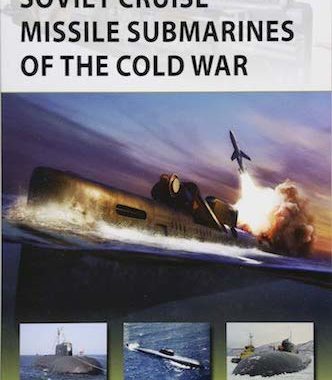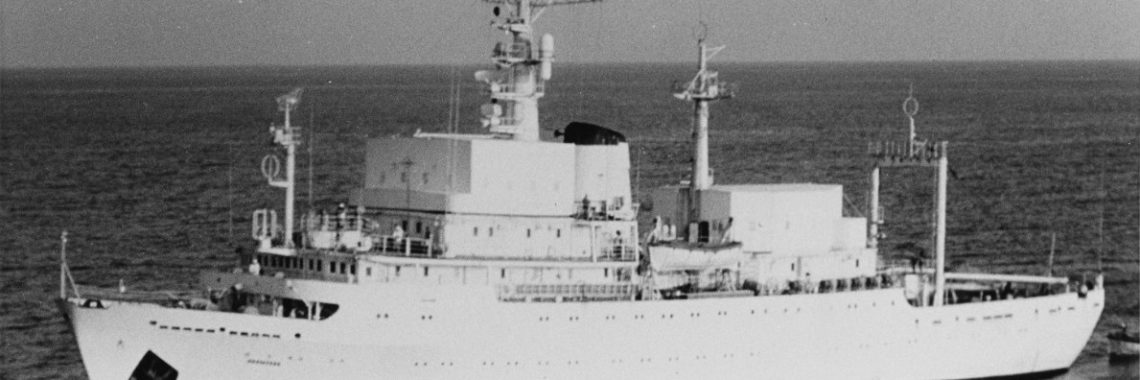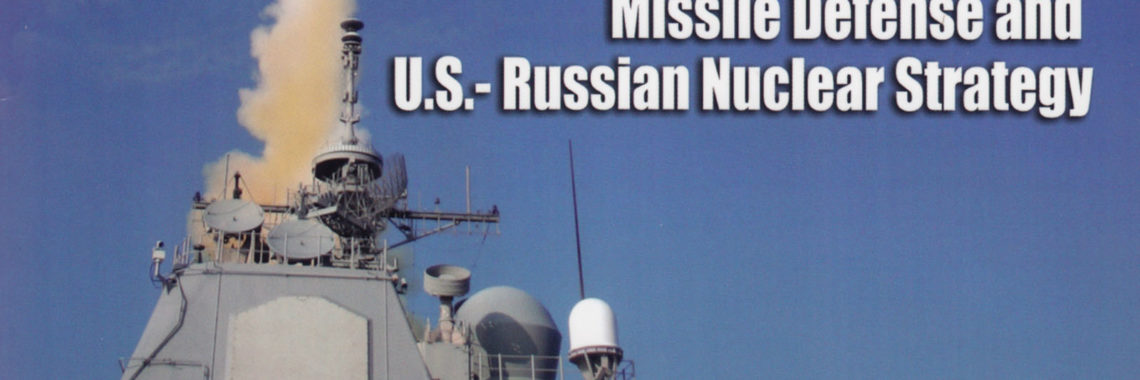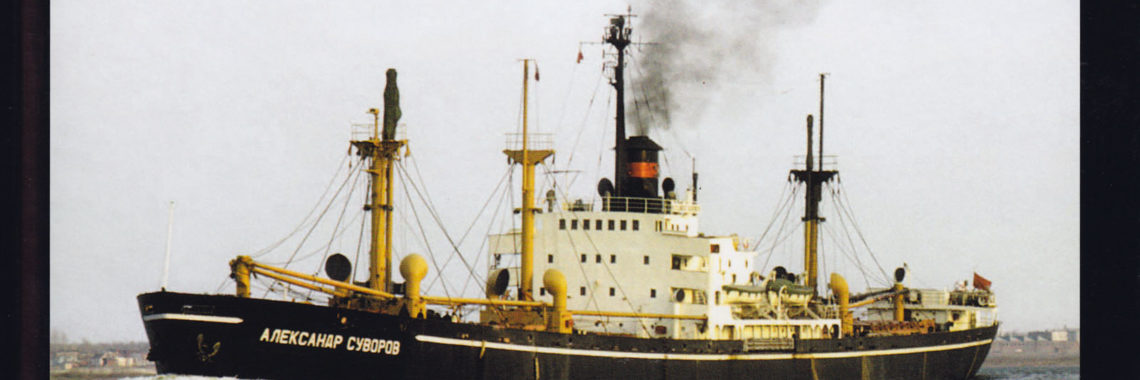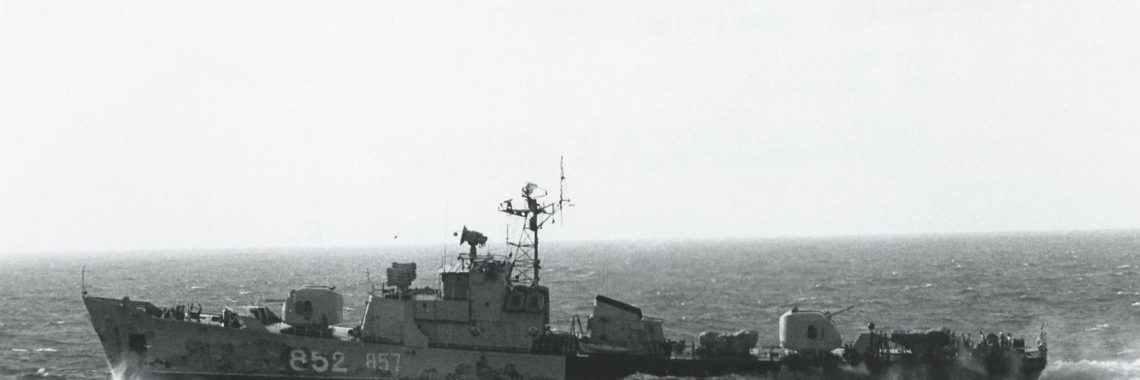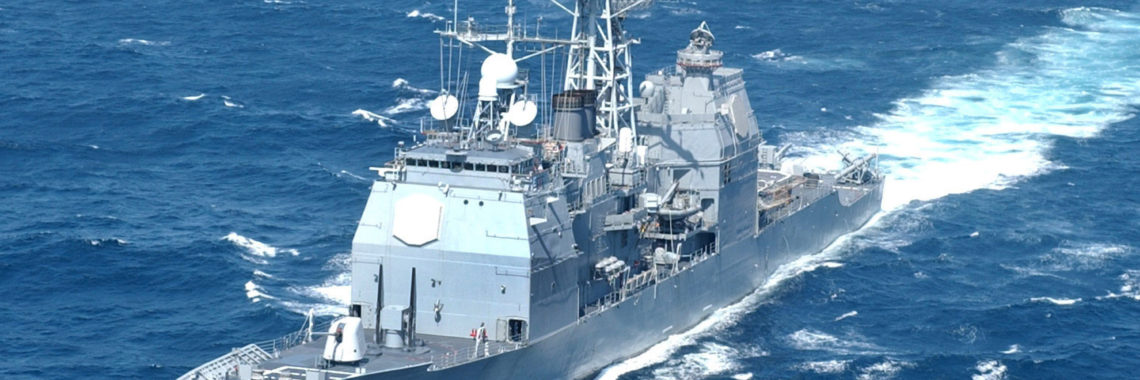Soviet Cruise Missile Submarines of the Cold War
After WWII the Soviet Union found itself confronted with a new and largely unanticipated problem: the aircraft carriers of the US Navy. They were the chief defense of the sea lanes to our forces disputing the superior Red Army’s potential control of western Europe, as well as a force for “power projection,” capable of strategic

